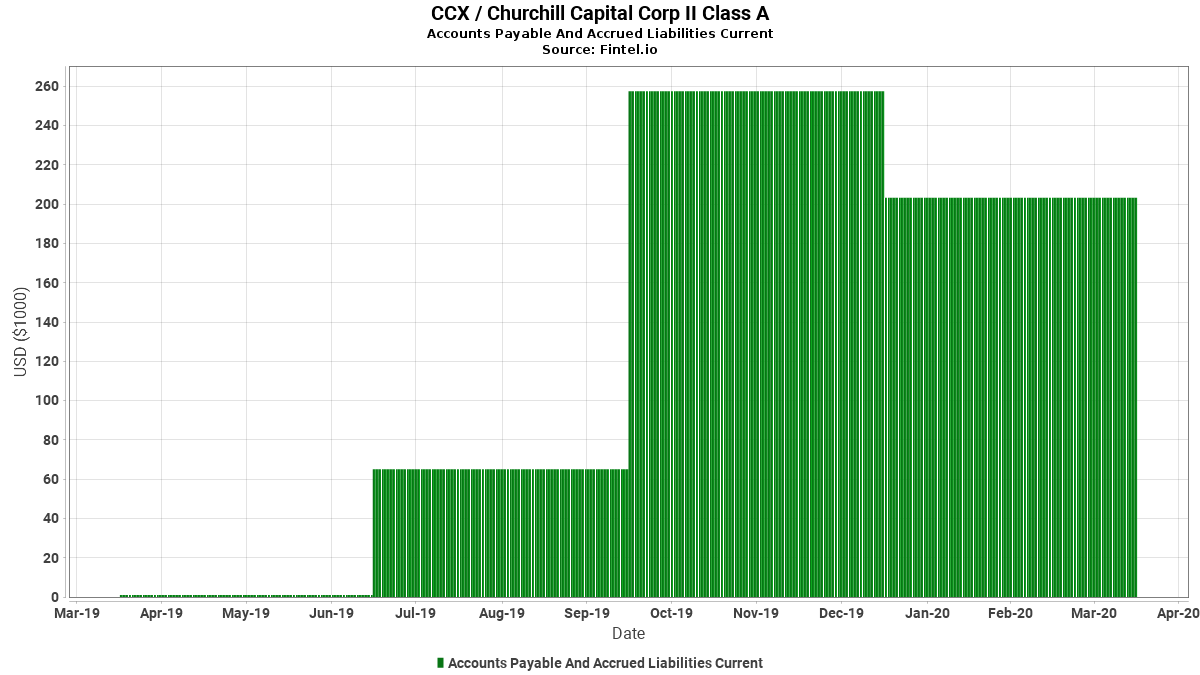
Marginal cost accounting is an accounting method that examines the relationship between the level of production, costs, and expenses. It focuses on economies of scale and the additional cost of each new unit of production. Allocating costs between different departments or products can become highly complex, especially when dealing with indirect costs. It requires a deep understanding and analysis of cost drivers, leading to potential conflicts and misconceptions. In the end, cost accounting gives you clarity about operating costs to help you make better decisions, and steer your business towards improved profitability.
Individually assessing a company’s cost structure allows management to improve the way it runs its business and therefore improve the value of the firm. It is also worth noting that cost accounting collects data both in monetary and non-monetary terms. In turn, these data are compared to pre-established standards and budgets to exercise management control over the company’s operations. It helps company management to make decisions and is tailored to the specific needs of each separate firm. This differs from financial accounting, which must follow a set template and is used to inform people outside the company, such as investors, about its financial performance. Financial and cost accounting systems can be differentiated based on their target audiences.
It also helps in monitoring actual expenses against the budget, allowing for adjustments to be made in time. Unit-wise details of costs, their components, and the accuracy of calculations and cost data, which are made available by the costing department, go a long way in helping to determine product and service prices. Cost accounting helps to achieve cost control through the use of various techniques, including budgetary control, standard costing, and inventory control.
What is Cost Accounting? Definition, Basics, Examples

Higher-skilled accountants and auditors are likely to charge more for their services when evaluating a cost-accounting system. This insights and his love for researching SaaS products enables him to provide in-depth, fact-based software reviews to enable software buyers make net 30 payment terms better decisions. Throughput accounting focuses on working around these limitations and is more focused on sustaining workflow than cutting costs.
Additionally, external parties such as investors and lenders may utilize cost accounting data to help evaluate projects or investments. Cost accounting makes a provision for the analysis and classification of expenditure. It then enables the management to ascertain the total, as well as the per-unit cost, of a particular unit of production. Cost accounting is concerned with the collection, processing, and evaluation of operating data in order to achieve goals relating to internal planning, control, and external reporting.
How Does Cost Accounting Help a Business?
Cost accounting can contribute to preparing required financial statements, an area otherwise reserved for financial accounting. The prices and information developed and studied through cost accounting will likely make it easier to gather information for financial accounting what is a journal entry a beginner’s guide purposes. For example, raw material costs and inventory prices are shared between both accounting methods. Since cost-accounting methods are developed by—and tailored to—a specific firm, they are highly customizable and adaptable. Cost accounting is useful because it can be adapted, tinkered with, and implemented according to the changing needs of a business.
Mastering Payroll Journal Entries: Types, Examples, and Tips for Accuracy
Practitioners must embrace the latest technologies, strive for accuracy, stay compliant with changes in regulations, and continuously monitor performance. In Saudi Arabia, the integration of artificial intelligence and other modern tools will likely shape the future of cost accounting, allowing for more precise and real-time analysis. The break-even point—which is the production level where total revenue for a product equals total expense—is determined by calculating the total fixed costs of a company and dividing that by its contribution margin. Traditionally, overhead costs are assigned based on one generic measure, such as machine hours.
- 11 Financial’s website is limited to the dissemination of general information pertaining to its advisory services, together with access to additional investment-related information, publications, and links.
- By analyzing it, the manager can know which added costs are avoidable and how to avoid them.
- Cost accounting is useful because it can be adapted, tinkered with, and implemented according to the changing needs of a business.
- This method tended to slightly distort the resulting unit cost, but in mass-production industries that made one product line, and where the fixed costs were relatively low, the distortion was very minor.
- Therefore, a normal costing business may likely estimate standard costs for each of the products it manufactures.
Managerial Accounting
It is then able to analyze the costs of every process, identify inefficiencies, reduce waste, and improve overall efficiency in its production. Non-operating costs are not directly related to the core business operations but have an impact on the overall financial performance of any organization. Control over all these types of costs will ensure that the journal entry definition bottom line is healthy. These differ from direct costs as they are variable in nature and are conditional to consumption. Variable costs must be managed if cost efficiency is to be maintained with increasing production.
Cost accounting enables a business not only to ascertain what various jobs, products, and services have cost but also what they should have cost. Cost accounting records cost and income information for each department, process, job, and sales territory, where the aim is to ascertain the cost and evaluate the operating efficiency of each division of the business. Cost accounting calculates costs by considering all factors that contribute to the production of the output, including both manufacturing and administrative factors. Each item of cost (namely, materials, labor, and expenses) is budgeted at the beginning of the period and actual expenses incurred are compared with the budget. Companies looking to expand their product line need to understand their cost structure.